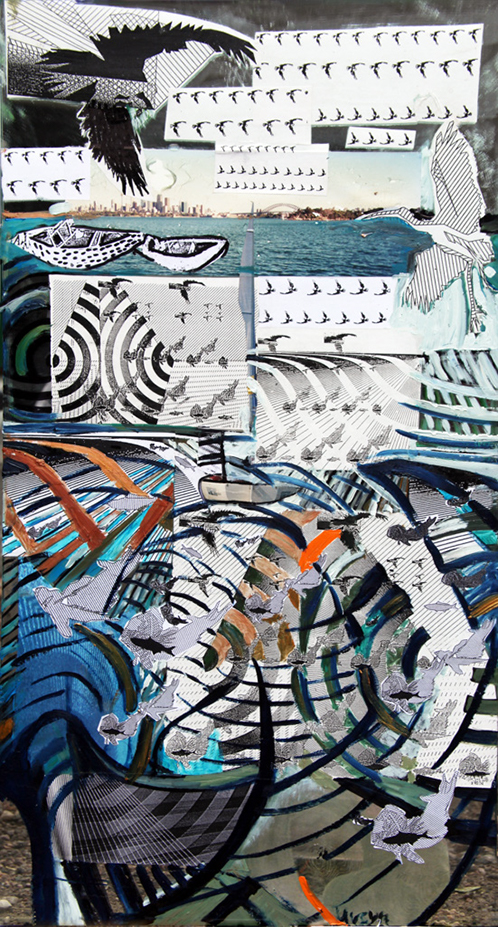Variations

Geology of an Ocean
Water movement in an ocean takes form of waves caused by different kinds of physical forces. At deepest levels, plate tectonics’ perturbation, sharp motions of a seafloor, and underwater volcano eruptions all result in massive displacements of water and enormous waves, which on a surface may demonstrate themselves as tsunamis – waves on shallow water that may rise even to tens of feet. In the depths of water, earthquakes happening in various regions of the earth crust cause propagation of great waves and also may result as a tsunami. Hurricanes stir surface masses of water causing forward movement of water, great wave trains, and floods. There are also swells of ocean water that form regular patterns of waves, which may be smooth, rippled, or crested. A wave is a forward motion of energy; however, water droplets move forward with the wave crest (the highest point of a wave) and backward with the trough (a valley between two crests).
When we mentally go to the bottom of the ocean of our choice and imagine what we can find there, we may think about kinds of species living at various levels. We may envisage underwater communication between groups and individuals passing us by. We may think what is happening in water based on visual information we have gathered. By showing what we think about the role of water waves, and at the same time, about the wavelengths involved in various species’ communication, we understand how all that not truly understood invisible communication passes through us when we are immersed in a different type of a habitat.